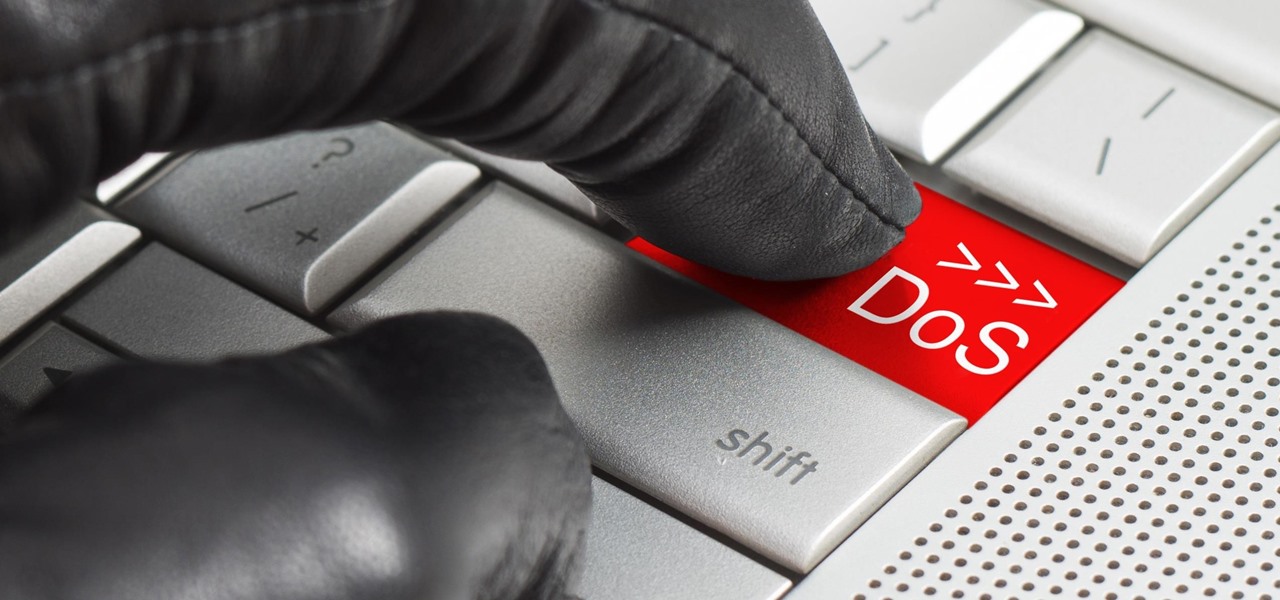
Reasons are explained on the Wireshark wiki and in the WinPcap FAQ.

You may bump into the following bugs, which are platform-specific, if Scapy didn't manage work around them automatically:
INSTALLING SCAPY MAC UPGRADE
While using the Live CD you can easily upgrade to the latest Scapy version by using the above installation methods. If really nothing seems to work, consider skipping the Windows version and using Scapy from a Linux Live CD - either in a virtual machine on your Windows host or by booting from CDROM: An older version of Scapy is already included in grml and BackTrack for example. If you have set the PATH correctly, this will find a little batch file in your C:\Python27\Scripts directory and instruct the Python interpreter to load Scapy. You might want to make sure that this is ticked when installing).Īfter all packages are installed, open a command prompt (cmd.exe) and run Scapy by typing scapy. (In the case of Npcap, Scapy will work with 802.11 option enabled. Choosing the default installation options should be safe. Just download the files and run the setup program.

Unzip the archive, open a command prompt in that directory and run python setup.py install.
INSTALLING SCAPY MAC INSTALL
You need the following software in order to install Scapy on Windows: So you can use nearly all of Scapy's features on your Windows machine as well. But the latest version of Scapy supports Windows out-of-the-box. Scapy is primarily being developed for Unix-like systems and works best on those platforms. Work fine, yet Homebrew is used to run unit tests with You can choose to install it using either Homebrew or MacPorts. However, you may want to make Scapy use libpcap.
INSTALLING SCAPY MAC MAC OS
On Mac OS X, Scapy DOES work natively since the recent versions. See Optional Dependencies for more information. Then install Scapy via pip or apt (bundled under python-scapy)Īll dependencies may be installed either via the platform-specific installer, or via PyPI.

Scapy can run natively on Linux, without libpcap.


 0 kommentar(er)
0 kommentar(er)
